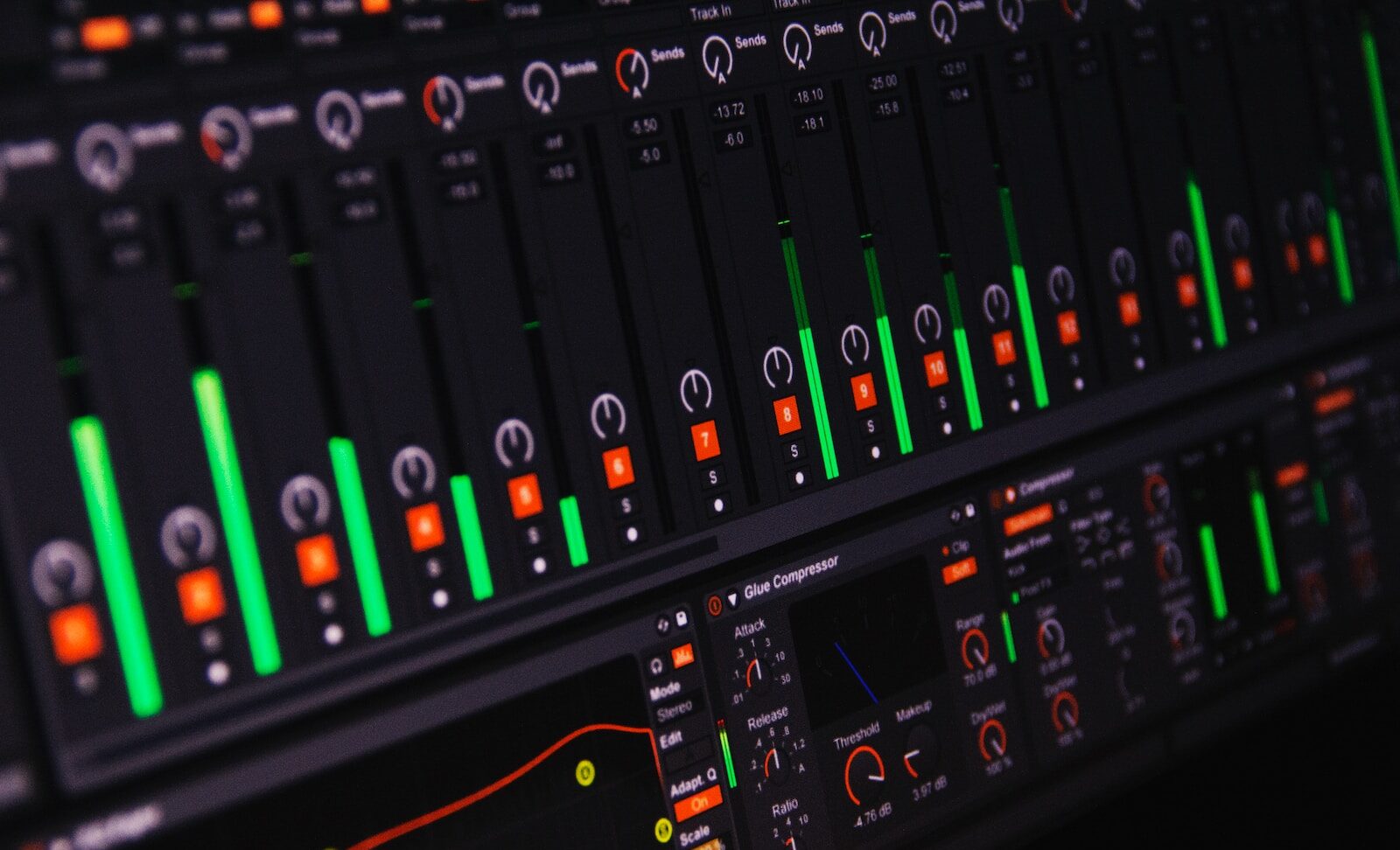
In audio post-processing, the soundstage refers to the spatial positioning and localization of individual sound sources within a stereo or multichannel mix. It is the sense of depth, width, and height that the listener experiences when listening to a recorded or produced audio track.
A well-crafted soundstage can make a recording sound more natural and immersive, creating a sense of space that can transport the listener into the sonic environment of the recording. To achieve a convincing soundstage in post-processing, audio engineers employ various techniques and tools, including panning, EQ, reverb, and spatial processing.
Here are some techniques used to create a compelling soundstage:
- Panning: Panning involves placing individual audio sources in the stereo field by adjusting their left-right balance. By panning audio sources to different positions in the stereo field, audio engineers can create the illusion of spatial depth and width.
- EQ: Equalization can help shape the tonal balance of individual audio sources to ensure they occupy distinct frequency ranges in the mix. This can help prevent sonic masking and improve spatial separation of individual sound sources.
- Reverb: Reverb can add a sense of depth and space to individual audio sources, simulating the acoustic environment in which they were recorded. By adding reverb to different audio sources at varying levels, audio engineers can create the illusion of a three-dimensional sonic space.
- Spatial processing: Various spatial processing techniques such as stereo widening, mid-side processing, and binaural processing can help create a more convincing soundstage. For example, stereo widening can enhance the sense of width in the stereo field, while binaural processing can create a sense of spatial depth and height that mimics the experience of listening in a real-world environment.
Ultimately, the goal of soundstage creation is to create a sense of space and depth that enhances the listener’s experience and draws them into the sonic world of the recording. By using a combination of techniques and tools, audio engineers can create soundscapes that are both technically precise and emotionally engaging.










































































































